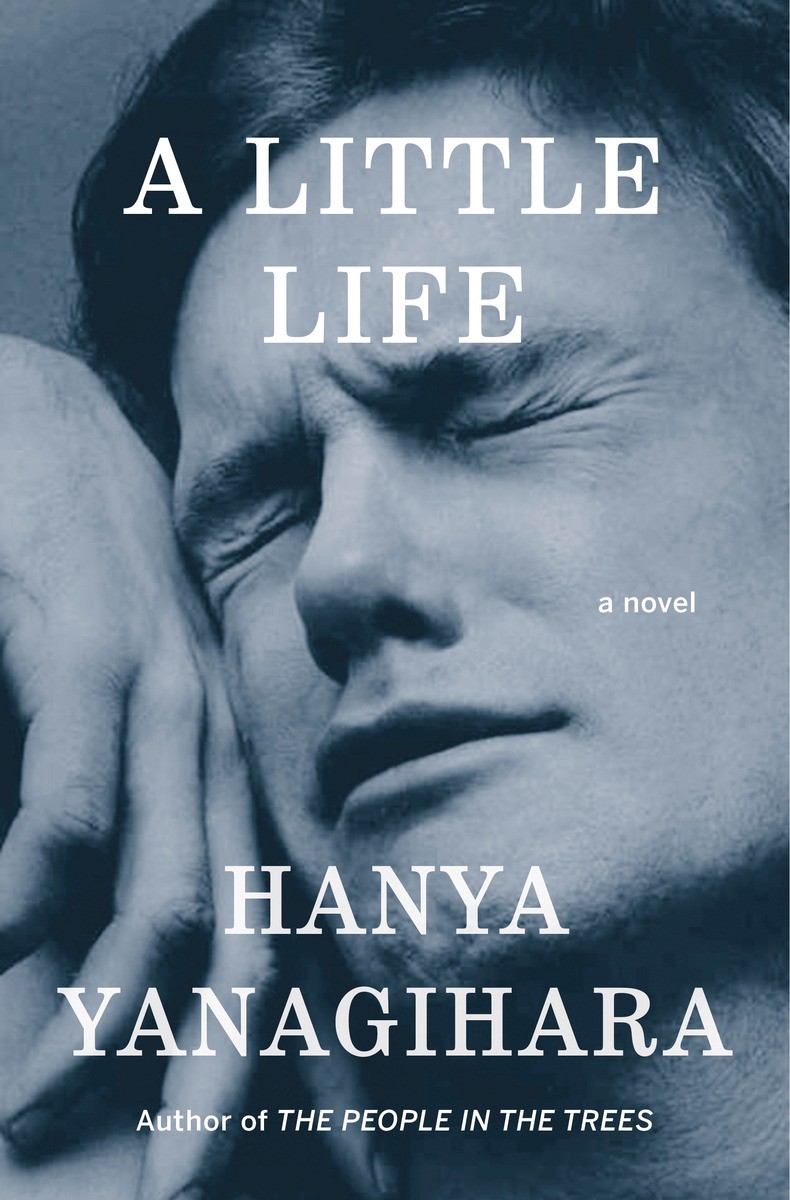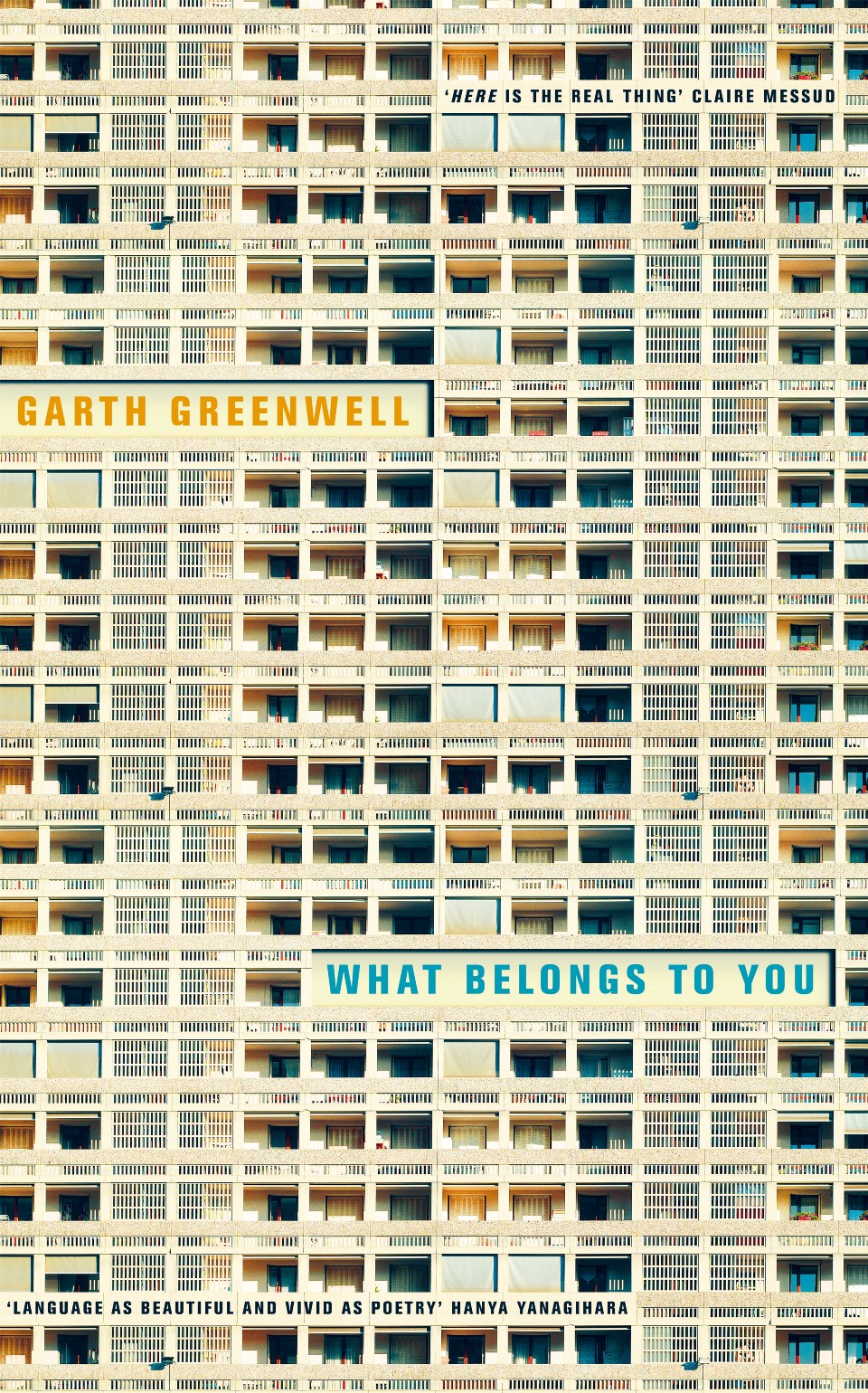The latest and most provocative trend in gay fiction has been to shift the focus from outer to inner — to explore lingering shame in an age of declaratory pride.
By Nathan Smith
The 15th annual Gay Pride march in the French city of Strasbourg on June 11, 2016. (Photo: Frederick Florin/AFP/Getty Images)
There has been a revival in the gay novel, and the mainstream is starting to take notice, largely thanks to conversation around celebrated recent novels by Garth Greenwell and Hanya Yanagihara. Both authors deliver provocative portraits of gay male characters who struggle with physical self-hatred and unchecked sexual desire. These stories chronicle the inner world of the gay male, moving against a longstanding American tradition of gay novels that explore gay identity most often in relation to a larger social context.
Previous novels in this somewhat older tradition include iconic gay works like James Baldwin’s Giovanni’s Room and Gore Vidal’s The City and the Pillar. In these books, homosexuality was closeted and underground, a sexual identity that operated out of (public) sight and expressed itself through torturous, illicit sexual relationships between men in an intensely homophobic age. Later, in the 1970s and ’80s, writers like Edmund White and Larry Kramer began to connect gay identity more fully to the changing politics around homosexuality, mapping the gay experience onto gay liberation and then, later, the HIV/AIDS crisis.
Unlike these predecessors, Yanagihara and Greenwell resist connecting their characters with a larger gay community, instead examining the introspective world of these men, plotting their complex psychology, and interrogating how their troubled pasts conspire to generate suicidal or self-destructive tendencies.
By abjuring the larger, more-assimilated gay scene, these new gay novelists are providing much-needed representation to a newly marginalized gay subset.
What guides this new wave of gay writing is shame. In contemporary gay culture, shame is often an unacknowledged and overlooked element of gay identity, ignored in favor of celebrating pride and self-acceptance. Gay pride fuels many expressions of contemporary gay culture, as we see in public pride carnivals, the widespread celebration of gay anthems such as Lady Gaga’s “Born This Way,” and the prominence of online pride movements, including the “It Gets Better” project.
In their essay, “Beyond Gay Pride,” queer academics David M. Halperin and Valerie Traub write, “the gay movement has given rise to a surprising array of discontents [including] the elimination of both the personal and the social shame attached to same-sex eroticism.” Halperin and Traub argue that shame — as an emotion, a feeling, and a collective queer experience — must function in queer art, so that we can properly understand how LGBT identity has been, and continues to be, influenced by it. Shame must be acknowledged as part of the larger queer experience, a constant counter-current to the widespread normalization of pride and monopolizing celebration of self-acceptance in the gay community.
Shame informs much of the work of our latter-day gay novelists, offered as an antidote to our overriding gay culture that recognizes “pride” as the core (and perhaps only) important expression of gayness today. The literary projects offered by Yanagihara and Greenwell are cultural counterpoints to gay pride, attempts to show how shame — just as much as pride, if not more —still meaningfully forms part of the terrain of gay life, and must be acknowledged as such.

A Little Life. (Photo: Knopf Doubleday)
By retreating to these more private worlds of gay shame and self-loathing, rather than surveying the gay community at large, this latest wave of gay writers — including the likes of Justin Torres, Drew Nellins Smith, and Paul Lipsky — is, in fact, working against our culture’s increasing assimilation of LGBT monogamy: As queer identity has become increasingly visible, thanks to the legalization of gay marriage and the growing representation of LGBT characters in pop culture, perceived non-conformists within the LGBT community are being pushed out. Heteronormative culture privileges monogamy above polyamorous or promiscuous lifestyles, and, by abjuring the larger, more-assimilated gay scene, these new gay novelists are providing much-needed representation to a newly marginalized gay subset.
Indeed, the new gay novels push back against these monogamous trends in LGBT culture. By rejecting the dominant LGBT culture of white, same-sex monogamy, Yanagihara and Greenwell carve out the inner worlds of these gay men, legitimizing the experience of shame within an identity so often defined by its its conflation with pride: outness, self-acceptance, happiness. Ultimately, what this new score of novels — all published in the last five years — represents is an unapologetic and aggressive attempt to challenge, even unseat, the dominant narrative about gay male identity, reveling in portraits of angst, unhappiness, and, above all, shame.
Yanagihara’s concern is to explore gay male kinship by focusing on the trauma and violence that can shape gay existence. Her novel A Little Life charts the lives of four (primarily) queer post-college kids as they attempt to start careers in Manhattan. Most of Yanagihara’s attention comes to rest on Jude, the passive, mysterious, and most troubled member of the group. Here we learn that Jude — a gay man of indiscernible racial origin — has endured terrible tragedies and abuse during childhood. He is now tormented by those demons of sexual and emotional abuse and directs this anger and loathing onto his body through almost daily self-harm.
Yanagihara and Greenwell carve out the inner worlds of these gay men, legitimizing the experience of shame within an identity so often defined by its its conflation with pride: outness, self-acceptance, happiness.
Yanagihara describes Jude’s self-mutilation in graphic detail; one scene finds him literally “shredding” his skin through repeated self-cutting. While this kind of violence has attracted a number of detractors (Daniel Mendelsohn, writing in The New York Review of Books, argues that the violence is gratuitous and takes Jude’s story of self-hatred to an unbelievable extreme), it serves as an important metaphor for the enduring suffering gay men face in spite of growing acceptance and expressions of LGBT “pride.” Indeed, Yanagihara pushes Jude’s violence waged against his own body to such an extreme that he eventually commits suicide.
In a recent interview, Yanagihara says that her “characters literally cannot speak.” In Jude’s case, he articulates his troubled and tortuous emotions onto his queer body. Yanagihara’s Jude cannot name the emotions and the alienation that have shaped his journey toward adulthood, and so channels them inwardly; the experience of shame within the gay community is often eliminated from popular representation, but here, Yanagihara shows us the grim counterpoint to gay pride. Yanagihara argues that, when we treat shame blithely, as something of the past — something pushed to the margins as self-knowledge and happiness come into fashion — that shame becomes physicalized rather than spoken, often expressed in self-harm or even suicide. A Little Life is a bold attempt to show how shame shapes the gay experience today.
Meanwhile, Greenwell’s project with What Belongs to You is to remind us how illicit cruising and anonymous sex figure within the modern gay identity. As the gay marriage movement helps sanitize (and de-sexualize) queerness, Greenwell brings the dark and sordid elements of sex and promiscuity back into sharp relief.

What Belongs to You. (Photo: Farrar, Straus and Giroux)
The novel’s protagonist — an unnamed American teacher working in Bulgaria — discovers a sexual bond with a sex worker named Mitko; the irony from the outset is that we learn the sex worker’s name first and not the main character’s. Greenwell already encourages us to identify with Mitko, as we learn about his troubled past and the way he himself channels his own gay shame — estranged from his family, unemployed and jobless, mostly living on the streets — into public cruising. Soon enough, the pair’s relationship takes a dark turn, as Mitko begins asking the unnamed American teacher for more and more money outside the confines of their sexual encounters. From there, the relationship utterly unravels, becoming wholly destructive, marred by distrust and deceit.
What Belongs to You acts as an important antidote to the dominant representation of gay male desire as sanitized and monogamous. Greenwell places the disenfranchised and invisible figures in the LGBT movement — the homeless, the sex workers, the closeted — right at the heart of the novel, shaping the terrain of his story around cruising, sexually transmitted diseases, money, prostitution, public sex, and, once more, shame.
Like Yanagihara’s, Greenwell’s story is removed from history — we never even learn what year the novel is set in. Both authors reject the usual trajectory of gay writing — one that tracks with changes in the socio-political landscape — and instead return to those taboo experiences that continue to shape the gay experience in America.
Novels like What Belongs to You and A Little Life, both seemingly humble titles, push disenfranchised voices back into the fast-gentrifying gay conversation. By detaching their literary worlds from easy narratives of social progress, Yanagihara and Greenwell underscore how queerness is not centrally an experience of an era; it is better understood in its motions on spirits that suffer in silence.

||




